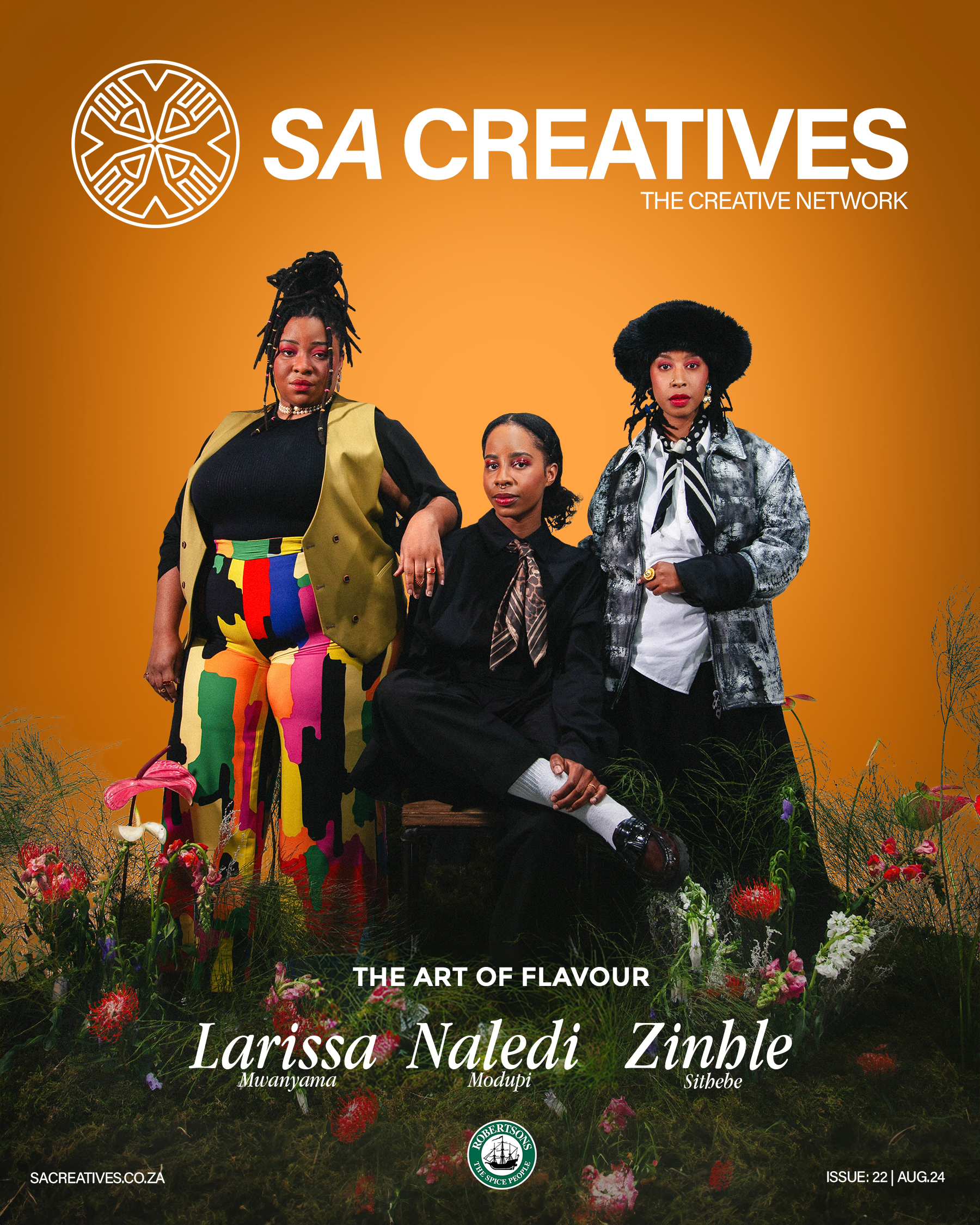The lines between the physical and digital worlds are becoming increasingly blurred, leading to a seismic shift in the world of art. Digital art, once considered niche compared to traditional mediums like painting and sculpture, is now dominating the artistic landscape. This transformation goes beyond the medium itself and extends to the way we create, consume, and think about art.
Digital art encompasses various genres and styles, utilizing digital technology as a crucial part of the creative or presentation process. From digital painting and animation to virtual reality experiences and digital installations, the possibilities are vast. Unlike traditional art forms, digital art offers an almost limitless canvas on which artists can project their imagination.
READ MORE: Exploring The Bond Between Chemistry And Humanity Through The Art Of Themba Sibeko
One of the most revolutionary aspects of digital art is its accessibility. Traditional art often requires a multitude of tools, materials, and specialized facilities. In contrast, digital art often only requires a computer and specific software. This democratization of the art-making process allows a broader range of people, regardless of their socio-economic background, to engage in artistic creation.
The digital realm also offers unparalleled opportunities for collaboration. Artists from different parts of the world can now work on a single project in real-time, breaking down geographical limitations and fostering a convergence of diverse creative ideas.
Digital art has not only revolutionized creation but also consumption. Websites, social media platforms, and digital galleries have become the new exhibition spaces. This ubiquity allows for a more diverse audience to engage with art, breaking down the traditionally exclusive barriers surrounding this realm. Moreover, digital formats make art more interactive, enabling viewers to engage with art pieces in ways that were previously impossible in the realm of traditional art.
https://www.instagram.com/reel/CyS5l0fNq-Y/?utm_source=ig_web_copy_link&igshid=MzRlODBiNWFlZA==
READ MORE: Rubicon A/W 24 Collection Showcasing Mapungubwe Militaire
The emergence of technologies like blockchain has even impacted the financial aspects of art. Non-fungible tokens (NFTs) are revolutionizing the way digital art is owned, traded, and authenticated. This technology adds scarcity and ownership to digital art, which was previously considered nearly impossible due to the ease of replication in the digital space.
While digital art is transformative, it is important to also address the ethical and environmental concerns that accompany its growth. Questions of originality, plagiarism, and the environmental cost of running powerful computers and data centers are issues that still require robust solutions.





